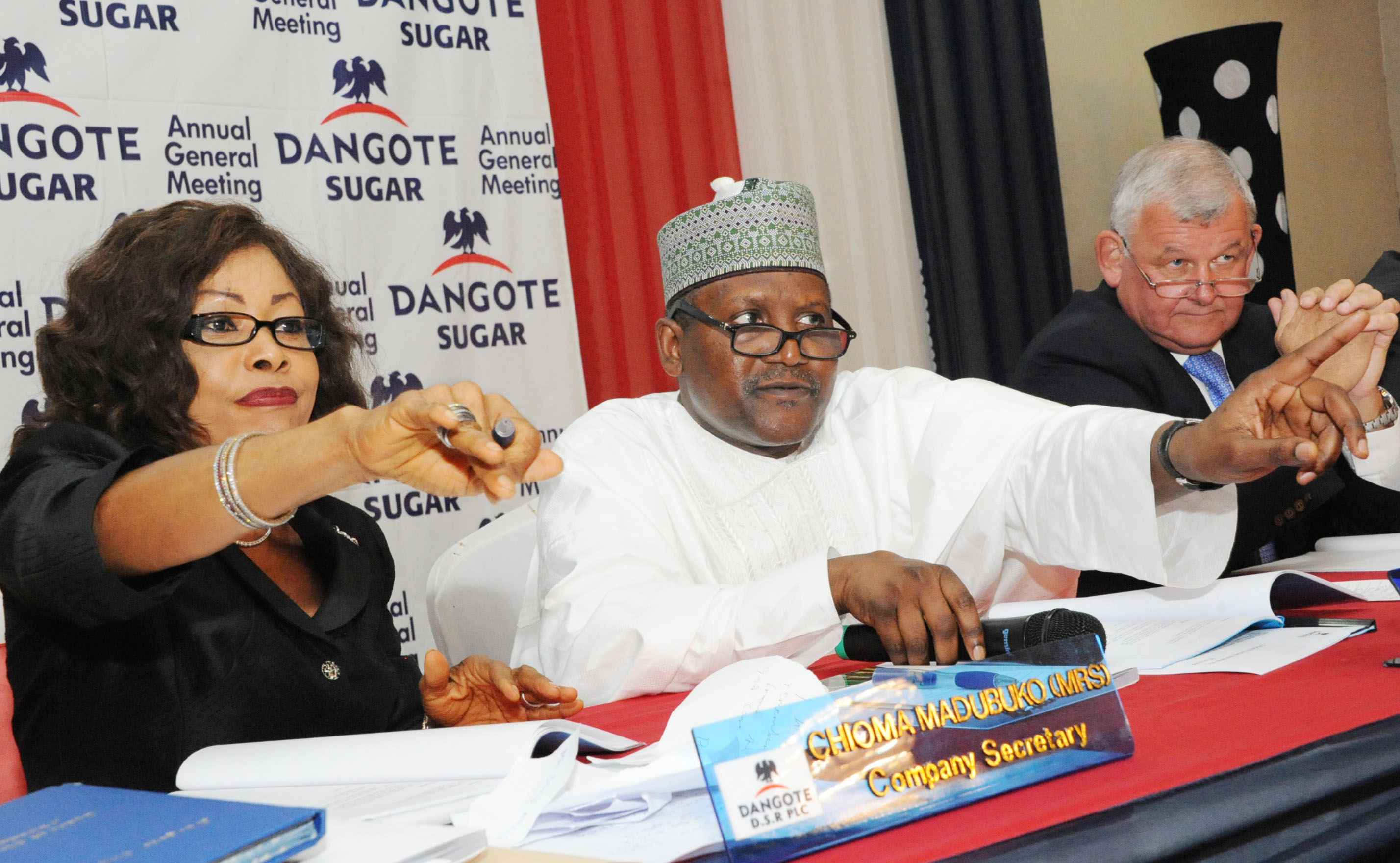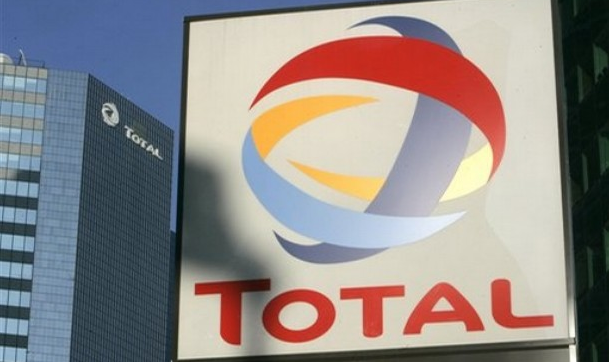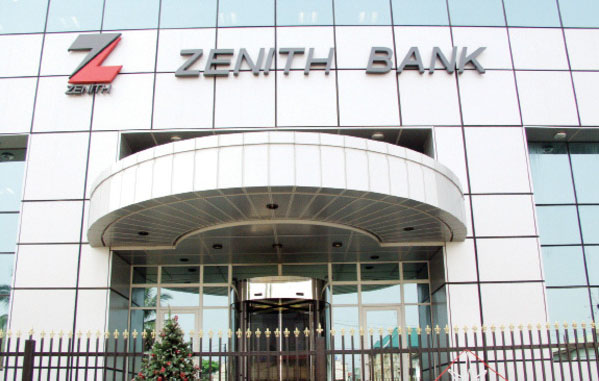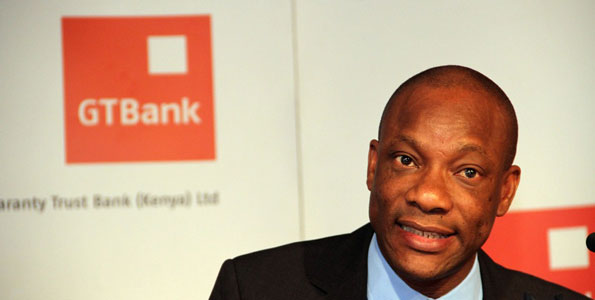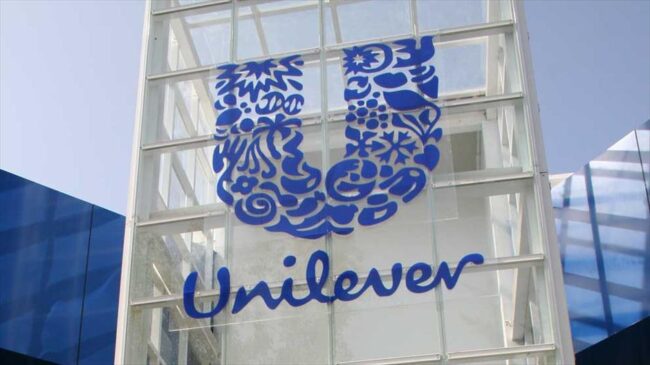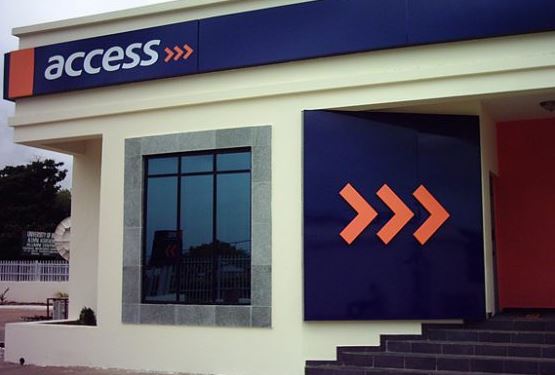Food and beverage companies recorded considerable progress towards recovery in 2017 from the foreign exchange crisis of 2016, the associated exchange losses and the drop in consumer spending power due to economic recession. Stability in the foreign exchange market last year strengthened output and consumers gradually adjusted to price increases. The operators here however still faced a highly competitive market in which only the giants could stand.
The companies took the usual advantage of operating in a consumer facing industry in a large domestic market to push sales at higher prices. Most of the companies grew sales revenue from product price markups as per the 2017 interim reports but different cost structures explain the differing picture of profit performance.
With price increases, the low end of the market continues to be lost, as consumers turn to cheaper alternatives. The target market here continues to shift to the middle and upper segments where competition with imported products remains intense.
High cost of sales, induced by increased cost of imports and a tight selling market, worked adversely on margins. Leading companies rode on the back of established brand names to drive sales. Many employed drastic cost controls to defend and grow profit. Industry leaders continued to hold a competitive edge. The worst affected are the small operators, companies laden with huge debt and interest payment burdens as well as those still facing rising cost of sales due to heavy dependence on imports.
Advertisement
Dangote Sugar Refinery
Dangote Sugar Refinery ended the third quarter operations last September with a favourable combination of growing revenue and moderating costs that have enlarged profit capacity. The company is on its way to achieving a strong growth in revenue for the second year and profit is expected to speed up from the increase of 29% in 2016.
Profit capacity is significantly lifted by the impressive growth in sales revenue against a moderated increase in cost of sales. Cost of sales claimed a reduced share of sales revenue at 74.6% at the end of September 2017 compared to 83.5% in the corresponding period in 2016. That enabled the company to lift gross profit by more than 118% over the review period.
Other favourable cost behaviours came from selling/distribution expenses, which dropped by 45% and a relative moderation of administrative expenses. The developments led to a leap of 147% in operating profit, which amounted to N36.36 billion at the end of the third quarter.
Advertisement
A big leap in investment income from N308 million to N2.37 billion over the review period topped up the company’s good earning story at the end of September. There was also an increase in fair value adjustment and finance costs were quite moderate at N427 million at the end of the third quarter.
At over N26 billion at the end of September, the company’s after tax profit was already close to twice the N14.4 billion figure it posted at the end of 2016. Net profit margin was up from 8.8% in September 2016 to 16.3% at the end of September 2017.
NASCON Allied Industries
Nascon Allied Industries stepped up earnings growth and a further gain in profit margin kept profit improving ahead of revenue for the second year in 2017. Turnover is expected to speed up from a 13% growth in 2016 to about 56% in 2017. The ability to convert an increasing proportion of the growing revenue into profit was the key operating strength for NASCON Allied Industries in 2017.
Cost of sales remained large relative to revenue but it slowed down in the third quarter. That enhanced gross profit margin from 33% in the same period in 2016 to 37% at the end of September 2017.
Advertisement
The rest of the developments in the income statement reinforced the moderation of cost of sales. These include a strong growth in investment income to over N141 million – which has far exceeded the full year figure in 2016 and a drop of 61% in finance expenses. Administrative cost also moderated relative to sales revenue and distribution expenses declined moderately. Net profit margin improved from 13.8% to 19.6% over the review period. After tax profit amounted to over N4 billion for NASCON Allied Industries at the end of the third quarter and is expected to stand in excess of N5 billion at the end of 2017.
Cadbury Nigeria
Cadbury Nigeria recorded a reasonable gain in sales revenue at the end of the third quarter of 2017 but that was still insufficient to meet rising costs. The beverage and confectionaries manufacturing company ended the third quarter with a marginal loss, which represents a major reduction however in its loss figures at half year and in the same period in 2016.
Sales revenue has stagnated over the years and the company closed 2016 with a turnover well below the 2013 peak of about N36 billion. Cadbury is expected to step up sales revenue growth at the end of 2017 from 7.8% in 2016 to about 13%. Rising costs have continued to choke off margins and that has put cash flow under intense pressure.
Cadbury Nigeria has therefore returned to the bank borrowing windows and bank overdraft expanded from N151 million at the end of 2016 to about N2.71 billion at the end of September 2017. That brings the company back to the conditions that created running losses until its debt exit in 2009.
Advertisement
Beverages are the company’s main product line, accounting for 60% of turnover. Fierce competition in the market and significant price increases didn’t help sales.
Cost of sales moderated and gross profit margin improved. That, plus a drop in selling/distribution expenses, led to a shift from operating loss to a moderate operating profit over the review period.
Advertisement
Cadbury is back to a situation where finance expenses are the reason for its losses. Operating profit and finance income were insufficient to cover finance cost at the end of the third quarter, which explained the loss position for the period. The prospects for returning to profit in 2017 are uncertain in view of rising finance expenses.
Nestle Nigeria
Nestle Nigeria is expected to rebuild profit from its 2017 operations after a major drop in the preceding year and a new profit high can be expected from the company as the earnings report is expected in a few weeks. At the end of the third quarter, profit had already towered far above the full year figure in 2016.
Advertisement
Two major cost lines had hurt the company’s profit capacity in 2016 – cost of sales and finance charges – induced by foreign exchange losses. Both of them had adjusted at the end of the third quarter.
The company closed third quarter trading with a number of operating strengths that brightened earning prospects for 2017. Sales revenue accelerated with an increase of 43% year-on-year. Costs moderated generally and a windfall from interest income fixed the problem of rising finance cost. Finance expenses dropped by 32% to N14.89 billion at the end of the third quarter and a near tripling of interest income to N6.28 billion cut down net finance cost by 56.7% at the end of September.
Advertisement
With a check on cost of sales, there was a slight improvement in gross profit margin at 41% at the end of September. Moderated growths in marketing/distribution and administrative expenses enabled the company to raise operating profit by 70% to over N43 billion at the end of the third quarter.
The food and beverages company capitalised on brand loyalty to push sales despite high inflationary pressures and weak purchasing power. The growth momentum could push sales revenue to the region of N250 billion for Nestle Nigeria at the end of 2017.
The company raised net profit margin from 0.4% in the third quarter of 2016 to 12.4% in September 2017. Growing revenue, declining costs and improving profit margin will be the summary of Nestle Nigeria’s earnings story in 2017. The company closed the third quarter with an after tax profit of close to N23 billion and is expected to attain a new height in profit in the year.
Dangote Flour Mills
Dangote Flour Mills returned to profit at the end of 2016 from many years of sustained losses and is expected to build profit for the second year in 2017. The company’s third quarter report for the 2017 financial year shows exceptional growths in revenue and profit. The ability to push sales has added a new momentum to the company’s operations.
The company had run a 15-month financial year that ended in December 2016, changing its accounting date from September to December. The impressive earnings growth seen in the 2017 interims, shows an operating strength recharged to grow revenue and profit over the 15-month records of the preceding year.
The company has successfully restructured its operations, pruning costs and strengthening revenue, thereby stretching out margins and reinforcing profit capacity. This is a strong indicator that the return to profit in 2016 isn’t a one-off windfall but an outcome of a new cost-income structure with an enlarged room for value creation.
Cost of sales remained a challenge for the company as per the interim reports, which grew ahead of turnover and claimed an increased share of sales at 77% at the end of the third quarter against 72% in the same period in the prior year. That reduced eroded gross profit margin during the period.
A sharp growth of 95% in distribution/administrative expenses could not afford the company a reasonable cost saving. The developments that lifted profit performance include a major increase in other income, gain on sale of assets and a leap in interest income.
With the new strength in earnings growth and only a slight increase in finance expenses, Dangote Flour Mills stretched out profit margin and improved profit capacity. Net profit margin improved from 5.7% to about 13% over the review period.
Honeywell Flour Mills
Honeywell Flour Mills recovered from a loss in 2016 from a moderate improvement in sales revenue. In 2017, the company reinforced both revenue and profit growth. It achieved a strong growth in sales revenue at in its interim reports. The strong growth in revenue plus cost saving enabled the company to lift operating profit.
Profit performance was further strengthened by a drop in net finance expenses in the course of the year. An accelerated growth in revenue is expected at full year ending March 2018 and profit is expected to top up after a big turnaround in 2016.
Seven-Up Bottling Company
Seven-Up Bottling Company closed the 2016/17 financial year with a big drop in profit. The company’s falling profit gained greater momentum in the course of the 2017/18 trading year, plunging deep into the negative territory.
Sales revenue is stepping up from the moderate improvement in the preceding financial year but all the company’s major cost lines are on the rise. Cost of sales is a major drain, which claimed far more than all the increase in sales and each of all the other cost lines also made a considerable incursion into sales revenue.
An increase of 17.7% in cost of sales at the end of the second quarter consumed 84% of sales revenue, resulting in a decline in gross profit. All the other costs also rose ahead of sales revenue during the period. Selling and distribution plus administrative expenses exceeded gross profit, which caused an operating loss.
The biggest cost increase came from rapidly growing interest expenses, which advanced by 90% to N3.57 billion during the review period. The company is presently employing a price appeal to prop up sales and a strong final quarter is expected to improve the full year position.
Flour Mills of Nigeria
Flour Mills of Nigeria is re-establishing stable profit performance in the current financial year ending March, 2018 after a drop in the 2016/17 period from a peak profit record built with a windfall in the preceding year. The company is maintaining a stable growth in revenue and with moderating costs, it is driving a strong growth in profit.
The critical factor in the profit improvement in the current year is coming from a shift from a net operating loss to a net operating gain over the period. That is supported by cost savings in selling and distribution expenses.
The cost savings more than countered increases in administrative and interest expenses and permitted an increase in net profit margin over the period. The company’s full year profit of N8.84 billion in the preceding financial year was exceeded at the end of September. The company is expected to rebuild profit at the end of the current financial year.

